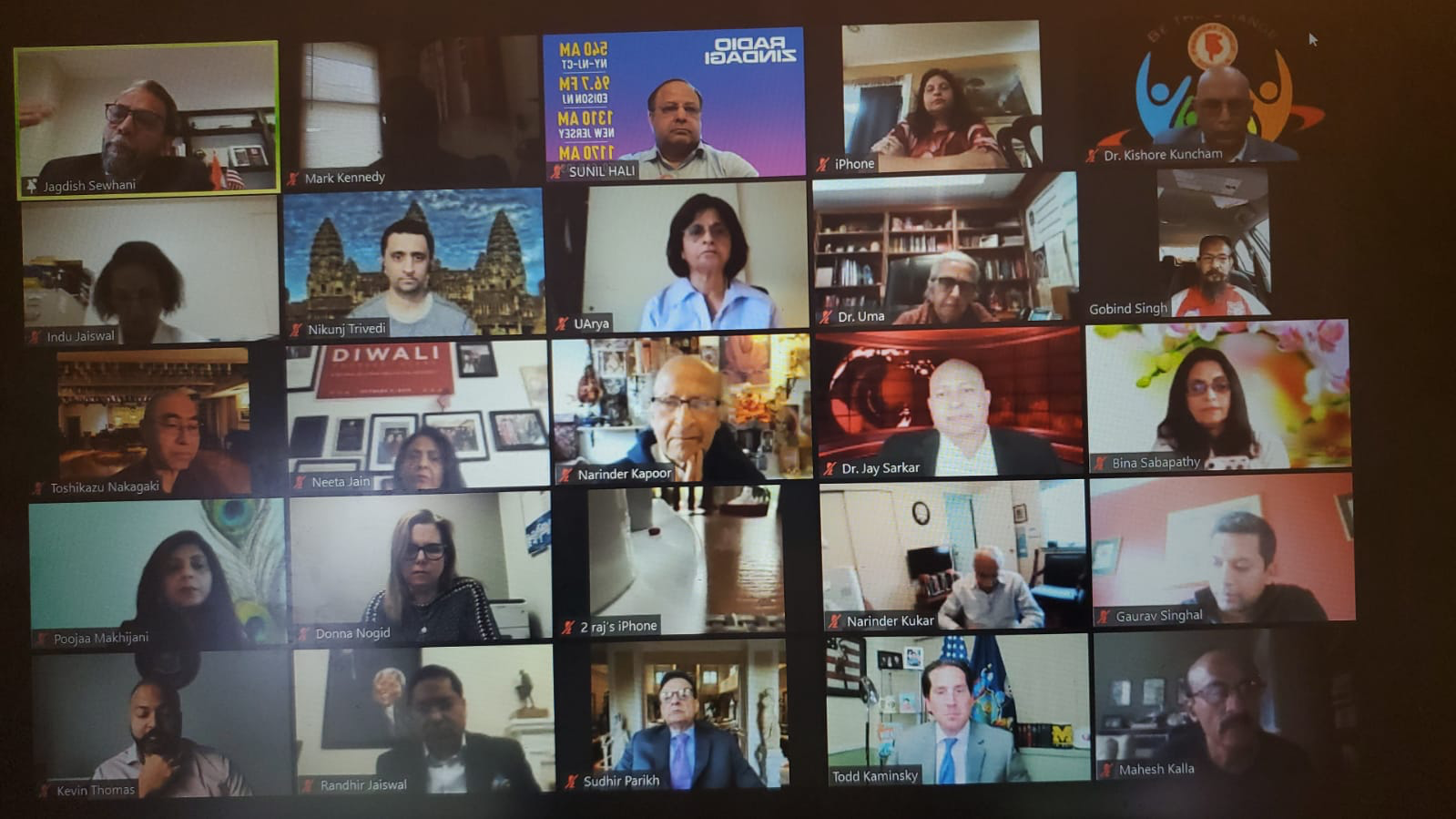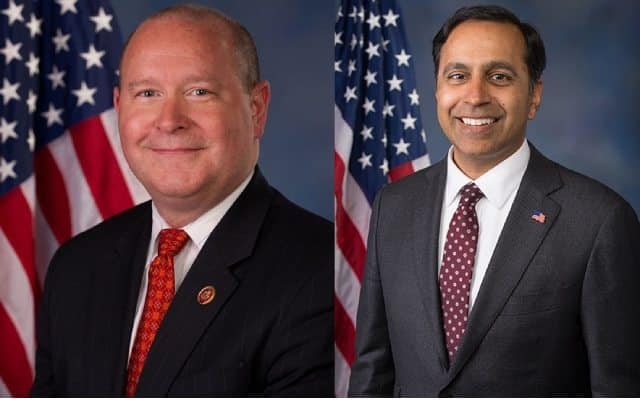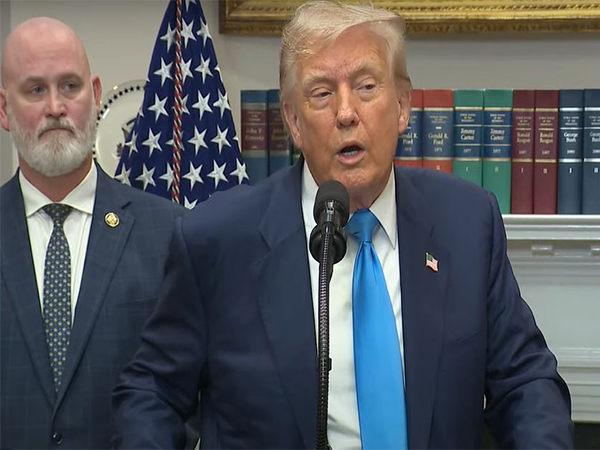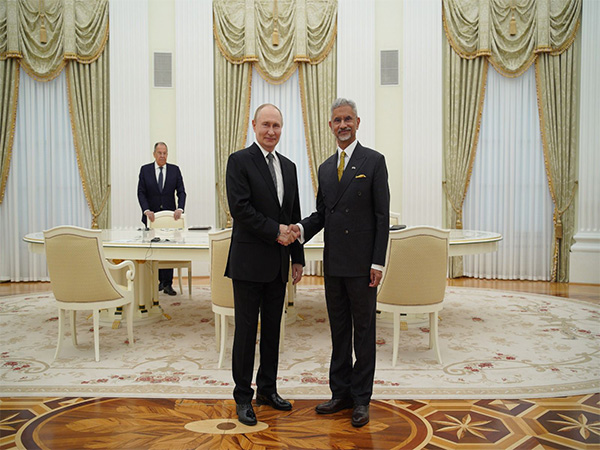Views and opinions from the top commentators in Indian media
The Budget speech this year had a fundamentally different tone than all the past ones in that it did not mention any benefits targeted at specific groups such as the Scheduled Castes, Scheduled Tribes, OBCs, women, widows or the elderly. The only exception proving the rule was a small benefit for differently abled children. The speech instead focused on the development of specific sectors and specific regions.
The implicit view taken by the finance minister seems to be that specific schemes for specific groups already exist and the scarce time of the Parliament and the nation must be devoted to outlining the road map of development, which is for everyone. So, development is what got the FM’s undivided attention. This was particularly admirable at a time when many pundits were predicting the speech to be a laundry list of giveaways to every conceivable group in view of the impending elections in five states.
— Arvind Panagariya, The Times of India
The budget, by doing nothing either for alleviating distress or for reviving the economy, shows not just a lack of concern; it is dangerous because all indications point to a worsening of the situation because of both internal and external developments. Internally, whatever recovery has occurred in 2021-22 relative to 2019-20 has not touched real consumption expenditure, which continues to be below its 2019-20 level. The level of capacity utilization in consumer goods sectors, therefore, cannot be higher than in 2019-20. In fact, since there has been some addition to capacity meanwhile, because of the lagged effect of investment decisions taken earlier, unutilized capacity in these sectors has obviously increased, which means that investment will come down, and its multiplier effects on consumption will make it shrink further. This recovery, therefore, unlike what the Economic Survey predicts, cannot last.
Externally, the oil price is on the rise, with many expecting it to reach $100 per barrel soon. The Modi government, whose revenue comes substantially from taxing petro-products, will then have to pass on the higher import price to the consumers for fear of losing revenue otherwise, which will only exacerbate domestic inflation. What is more, the near-zero interest rate policy pursued in the US and elsewhere till now, which had enabled India to access global financial flows easily for balancing its external payments, is coming to an end because of the acceleration of inflation there.
— Prabhat Patnaik, Indian Express
The finance minister and her ministry have betrayed, once again, their lack of understanding of the Indian economy or the conditions under which most Indians are living today. Despite attempts to ‘talk up’ the supposed recovery, the economy is weak and most people are hurting.
India has seen one of the biggest increases in the number of poor and hungry people in the world in recent years. The data on employment are horrific, especially for a country that was supposed to gain from a demographic dividend. Private investment is sluggish despite the massive and repeated incentives being thrown the way of some big corporates. Public spending during the pandemic has been miserly and very inadequate, making India an outlier even among other middle-income countries. This has deprived most Indians of their basic socio-economic rights and essential public services during a period of health crisis and economic devastation.
— Jayati Ghosh, The Telegraph (India)
The federal borrowing program, at over $200 billion in the coming financial year (which starts on April 1 in India), is likely to strain financial markets. Meanwhile, debt has soared since the pandemic began and now hovers at around 90% of GDP. Next year’s fiscal deficit is going to be 6.4% of GDP, much higher than expected. The interest burden has grown almost 40% in just two years; about half of India’s taxes now go to paying off interest on the government’s debt.
The government’s response? Squeeze spending on everything except infrastructure. There’s a clear and coherent principle behind this strategy, one that India’s Finance Minister Nirmala Sitharaman spelled out in her speech to Parliament. The private sector is not investing, so the public sector has to do so and hope that “crowds in” a virtuous cycle of investment and growth. The only problem is that the government has been trying this very trick for over five years and it still hasn’t worked.
— Mihir Sharma, The Print
Every week, we look at what the top commentators and opinion writers in the Indian media are talking about and bring to you a slice of their opinions and comments


























